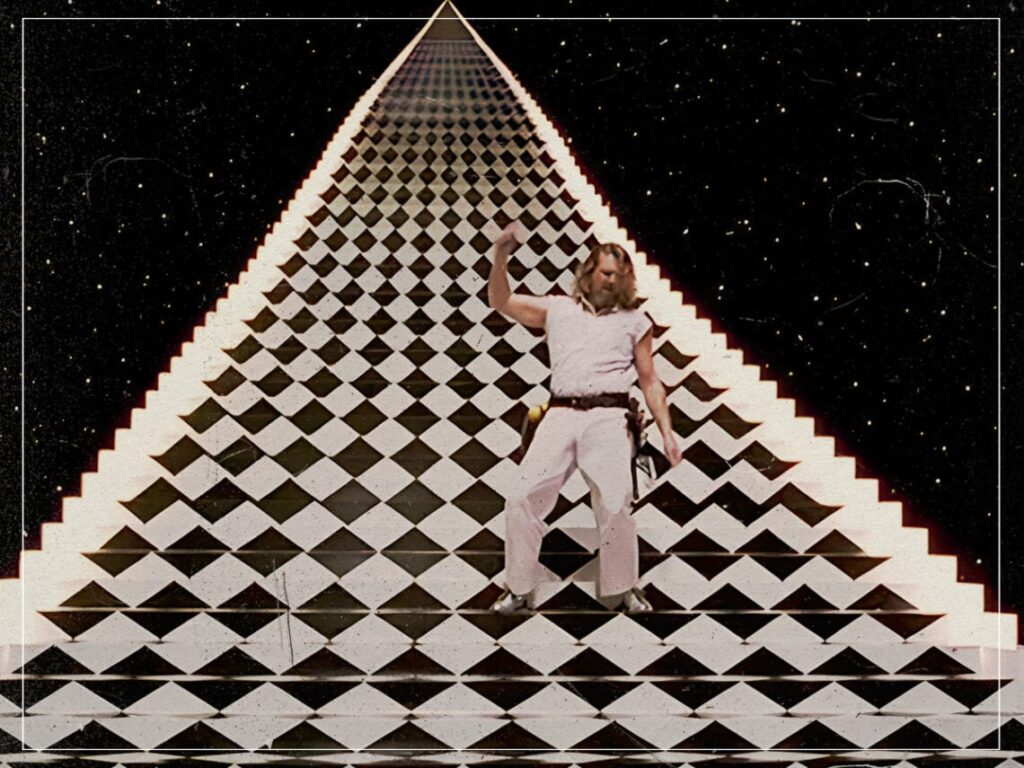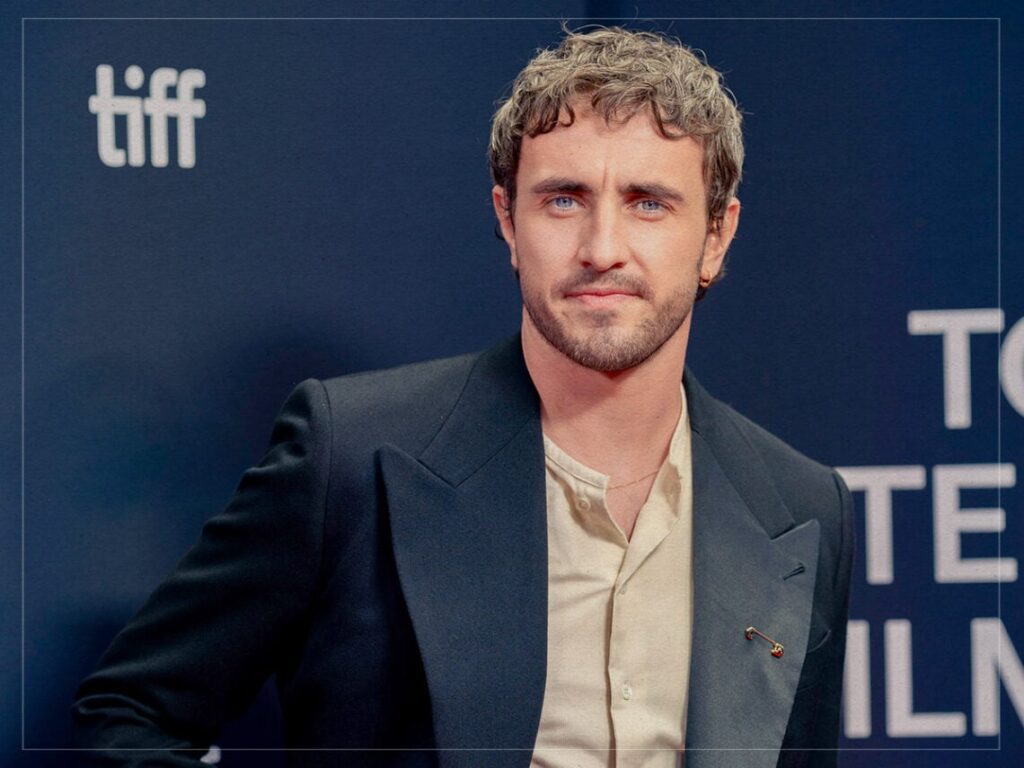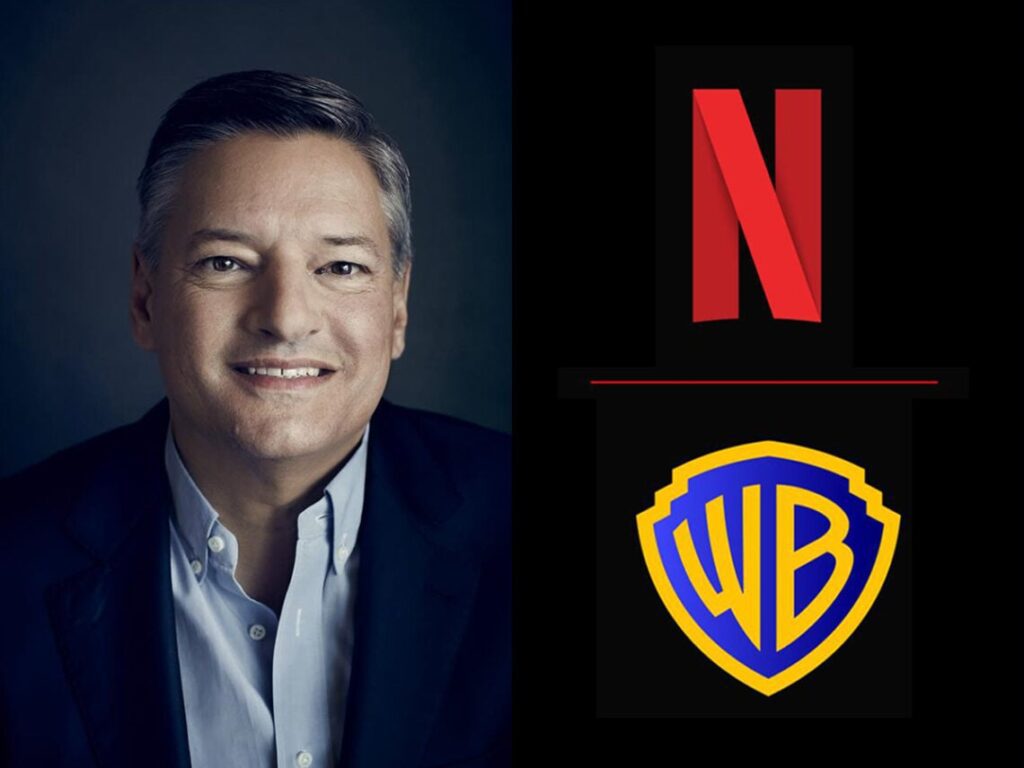The sumptuous subconscious: 10 greatest movie dream sequences of all time
 Posted On
Posted On
(Credits: Far Out / Gramercy Pictures)
Dreams are something that everyone has, regardless of how well they do or don’t remember them after waking up. Movie directors also have dreams because they’re human beings, which by extension made the dream sequence one of cinema’s most popular staples from its very inception.
Some filmmakers have used their vivid dreams as the backdrop to their self-created films, while others have parachuted their characters into situations that take place entirely within their own subconscious. That’s part of the reasons why the dream sequence has always been so popular; because it has absolutely no limits whatsoever.
The downside is that it’s become such a favoured trope it takes something very special and incredibly unique to permeate the cinematic consciousness and stay there, which is a feat the following ten scenes have all accomplished in their own way.
For variety’s sake, multiple entries from the same filmmaker have been denied entry to his dream party, but it can’t be said the ten contenders aren’t among the cream of the crop.
10 greatest movie dream sequences of all time:
10. American Beauty (Sam Mendes, 1999)
Certainly one of the most iconic dream sequences in cinema history, Sam Mendes‘ American Beauty captures the fantastical narcissism at the heart of Kevin Spacey’s Lester Burnham as he lets his mind wander to his teenage neighbour.
It’s undeniably creepy given that he’s a middle-aged man trapped in a suburban malaise of his own making, but his visualisations of Mena Suvari’s Angela Hayes use provocative imagery and vibrant colours to signify just how caught up in his infatuation Lester has become.
These are his innermost thoughts laid bare on screen, and by manifesting the stark reds of love and passion as the recurring theme of his salacious inner monologue, American Beauty outlines one of its major thematic motifs without using a word of dialogue.
[embedded content]
9. Rosemary’s Baby (Roman Polanski, 1968)
Being the mother of a demon isn’t an easy task, and matters aren’t helped by Mia Farrow’s Rosemary being potentially drugged by her suspicious neighbours and their equally suspicious chocolate mousse in the classic horror.
Things are already tough on the title character, having just witnessed a suicide, but things take a turn for the worse when she hallucinates – or does she? – an experience that finds her swamped by the fiery pits of hell and being used as the vessel for a hell-spawn therein.
The fact John Cassavetes’s Guy brushes the whole thing off by saying they had sex while she was unconscious so they didn’t miss their planned conception date makes the whole thing even queasier, not that it wasn’t already beforehand.
[embedded content]
8. An American Werewolf in London (John Landis, 1981)
Few have toed the line between nerve-shredding horror and laugh-out-loud comedy quite as well as John Landis in American Werewolf in London, with the dream sequence capturing the film’s essence perfectly.
David Naughton’s protagonist imagines a family watching The Muppet Show from the comfort of their own home, only for a demonic cabal of monstrous Nazis to burst in and slaughter the clan.
Jolting awake, he tries to talk to Jenny Agutter’s Alice before she too ends up being stabbed by one of the very same creatures, doubling down on the blurred lines between fact and fiction with a dream inside a dream, both of which are disturbingly terrifying.
[embedded content]
7. Trainspotting (Danny Boyle, 1996)
Ewan McGregor’s Renton doesn’t truly clean up his own act until the third one of Danny Boyle’s Trainspotting, but his nightmarish hallucinations would inevitably give him the requisite kick up the arse.
Struggling with his attempts to go cold turkey, Renton’s situation takes a turn for the haunting when he’s troubled by visions of a baby crawling towards him on the ceiling, before it goes full Exorcist and rotates its head completely.
The manifestation of Sick Boy and girlfriend Allison’s infant daughter Dawn dying from the negligence brought on by the group’s self-destructive ways is exactly the impetus needed for the wayward addict to try and mend his ways.
[embedded content]
6. Wild Strawberries (Ingmar Bergman, 1957)
Legendary director Ingmar Bergman was no stranger to existentialism. Still, the story of a retired director venturing across Sweden to receive an honorary degree paints one of the filmmaker’s familiar themes in a fantastical new light.
Victor Sjöström’s Isak Borg gazes inward as numerous encounters and interactions on his family road trip cause him to reflect upon the highs and lows of his own life. This leads him to wander a dream sequence alone and literally stare his own mortality in the face.
Illustrating that time has no meaning, the clock in Borg’s dream has no hands, and when he pulls at a physical hand when a coffin slides out of a horse-drawn carriage, he ends up wrestling with his own corpse as death looms ever larger. Unsettling, but effective.
[embedded content]
5. Brazil (Terry Gilliam, 1985)
Rescuing the damsel in distress is a narrative trope as old as time, albeit one storytellers have returned to so often with very good reason, with Terry Gilliam’s Brazil making its bed on the meaning behind its myriad of dreamscapes.
Jonathan Pryce’s Sam Lowry battles back against the mediocre mundanity of his own existence as an armoured hero for the ages, one destined to save the love of his life and defend her against all manner of threats.
After soaring through the clouds in his sparkling getup, Sam then finds himself confronted with a gigantic samurai warrior who stands in the way of his damsel-freeing obligations. His hero complex is on full display, but it’s also indicative of his desire when he’s not dreaming of standing out in a crowd, and what better way to do it than slaying a beast?
[embedded content]
4. Spellbound (Alfred Hitchcock, 1945)
The dynamic duo of Alfred Hitchcock and Salvador Dalí were always going to leave no stone unturned in their pursuit for dream sequence greatness, which is exactly what Spellbound delivered despite the studio’s protestations.
The filmmaker enlisted the artist specifically to help him conceive the surrealist scene in question, which producer David O. Selznick cared for so little that much of what was filmed was ultimately edited out. Rumours claim there were 20 minutes of footage shot, but in Spellbound, it only runs for around two.
Still, that’s more than enough time for a psychedelic masterclass from two of the greatest visualists of their time, walking the incredibly niche tightrope between Hitchcockian thrills and Dalí-inspired singularity with aplomb.
[embedded content]
3. Mulholland Drive (David Lynch, 2001)
No discussion of cinema’s finest dream sequences could possibly hope to be complete without David Lynch, with plenty of Mulholland Drive unfolding in varying levels of the subconscious.
However, Club Silencio stands out as the most integral to the film at large, and not only because it’s an important and timely reminder that Naomi Watts’ Betty Elms isn’t herself in the dream world. As well as being a moment of realisation for the character, it has the same effect on the audience.
Up until that point, Mulholland Drive had intentionally obfuscated where one reality ends and another begins, with Club Silencio the first explicit confirmation that what’s unfolding on-screen might not be real at all. Ushered out by the blue-haired woman and back onto the streets of the real world, it’s a spectacular mindfuck from one of the best around.
[embedded content]
2. The Big Lebowski (Joel Coen, 1998)
The Coen brothers pulled out all of the stops to realise their ambitious dream sequence in The Big Lebowski, with cinephiles the world over being the winners at the end of the day.
The ridiculously large staircase, Jeff Bridges’ dad dancing like there’s no tomorrow, Saddam Hussein manning the shoe counter, and Julianne Moore’s Maude in her finest Viking ensemble; it’s a spectacular assault on the senses combining stoner comedy with the classic musical.
Having a bumbling hero obsessed with bowling and getting high was only going to yield one result when he slipped into his own subconscious, and the Coens brought it to life so beautifully that the scene became iconic unto itself.
[embedded content]
1. 8½ (Federico Fellini, 1963)
Federico Fellini may have been in a semi-autobiographical mood, but the seminal 8½ wastes no time in offering a reminder that despite being based on the filmmaker’s own experience, it’s going to be a work of cinema first and foremost.
The opening three minutes perfectly set the tone for everything to come, with Marcello Mastroianni’s Guido Anselmi battling against writers’ block and his adulterous tendencies as the two major perils preventing him from making his latest masterpiece.
Guido flying through the sky before noticing he’s not only being tethered to the ground by a balloon but being held there by someone else illustrates the anxieties and uncertainties of his creative process. If he’s not in control in his own dreams, how can he possibly be in control of his own destiny? It’s the biggest question at the heart of the story, and Fellini presents it in an inimitable fashion.
[embedded content]


